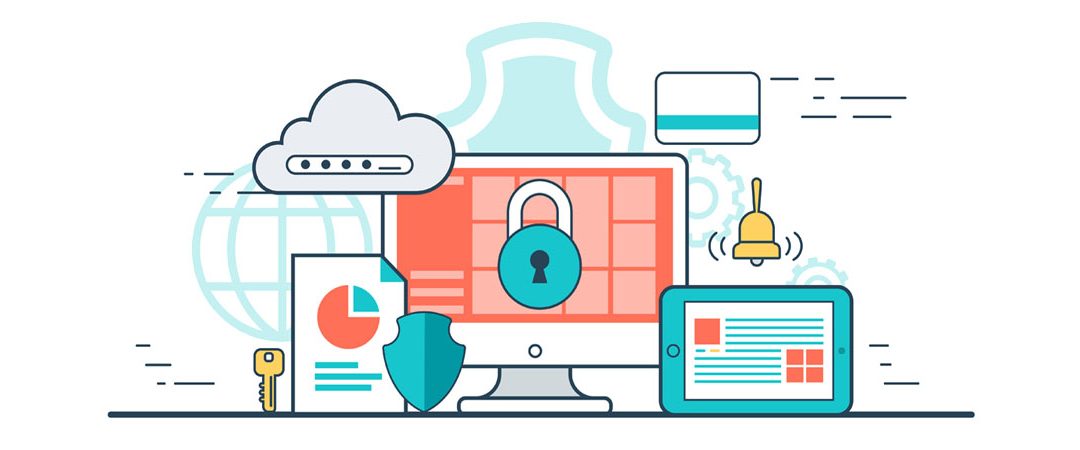Data is invaluable for companies. For this reason, it’s not just cybercriminals who are interested in spying on, manipulating, or destroying this data. It’s not only productivity that will suffer if an incident actually happens in a company. The entire IT landscape could be paralyzed. In addition, the loss of sensitive data is now subject to heavy fines.
Affected companies not only suffer financial losses, but their image is also usually negatively impacted due to the obligation to publish data protection violations. In addition, data breaches affect the trust of customers and suppliers, which inevitably leads to a loss of revenue. Ultimately, an incident can even drive a company into bankruptcy.
That’s why companies should protect their data like a valuable treasure at all times. Innovative solutions can make this a quite simple and automated procedure. The main focus should be on mobile devices.
Correctly assessing risks and threats for data
Data protection and data security measures are a must for companies, at the latest due to legal requirements such as the GDPR. However, in reality, IT departments tend to be overwhelmed when it comes to their IT security. For example, many companies cannot identify the attack vectors in their IT infrastructure. They are therefore also not in a position to derive protection measures against current and future threats. One reason for this is that the world of IT systems and work models has become enormously diverse. Likewise, the volume of data collection and processing is increasing rapidly. With increasing digitization, we can expect that the risk and threat situation will drastically worsen again. For this reason, companies are well advised to already prepare for the impending boom.
Maximum data protection for mobile devices
Where are the significant risk factors in IT landscapes? Clearly, all mobile devices occupy first place. They work with a wide variety of data – often sensitive – within and outside the corporate network. Today, the world of mobile devices is no longer just confined to laptop computers, but it also includes tablets, smartphones, smartwatches, IoT devices, and more. Companies must be careful that they centrally manage every type of IT device in order to avoid security risks. The most comprehensive protection is ensured if endpoint security is an integral part of the IT concept and various protective measures are already activated when new devices are set up. In this manner, the encryption measures work directly during or after the installation of operating systems and applications.
In addition, companies should monitor and filter data interfaces in a targeted manner. If interfaces are not required, always use an they can interface control to block them. For example, undesired eavesdropping on business conversations is best avoided if an audit-proof access control system blocks the unintentional use of microphones and cameras. Furthermore, companies should generally block all applications that have not been reviewed by the IT department for vulnerabilities, incompatibilities, and license regulations. This means that, for example, only applications issued by the IT department in a distributed administration of software are permitted. It enables companies to protect themselves from overlicensing, underlicensing, malware threats, and lost productivity, thus saving themselves a lot of money and trouble.
Integral solutions with automated processes
Companies should absolutely avoid standalone applications when choosing an endpoint management and security solution. On the other hand, we recommend solutions that can be combined and use integral approaches. This increases efficiency and reduces administration costs. Data and malware protection measures that automatically generate incidents and tickets in a service desk system and that can be combined with unified endpoint management and asset management solutions should be used in order to be able to optimally protect a system from the outset. Application control is an automatic no-brainer if the software distribution can be used as a trusted installer. If this is the case, all applications that are not executed or installed by the trusted installer will be blocked.
While protecting corporate data is essential and the future lies in automating and integrating various solutions, data security should not be detrimental to employee productivity. The implementation of a unified solution and well-coordinated processes is key.

